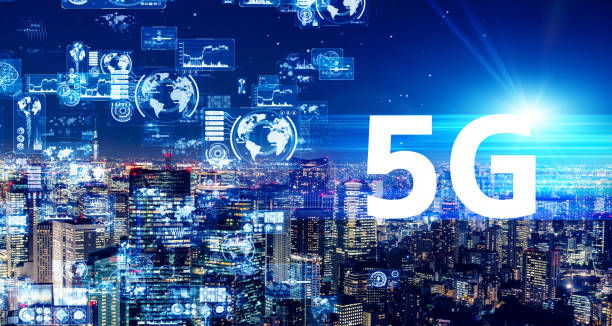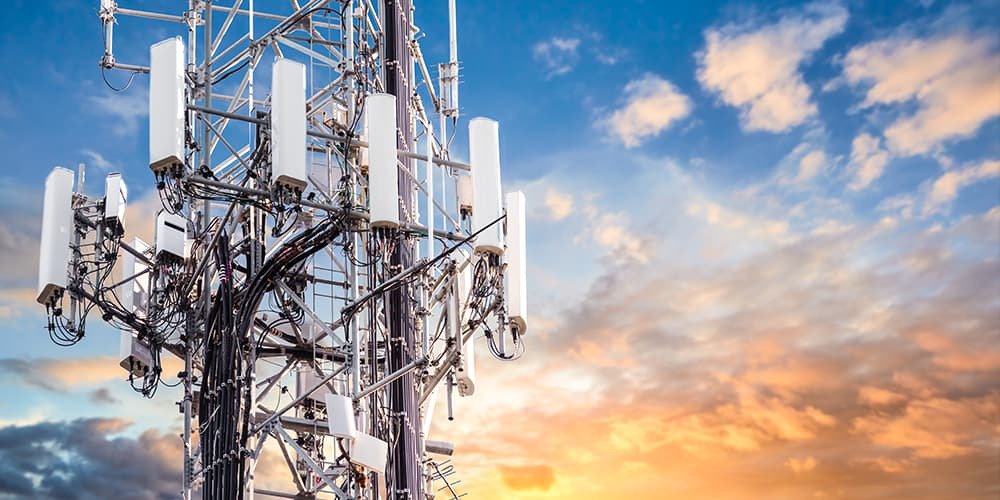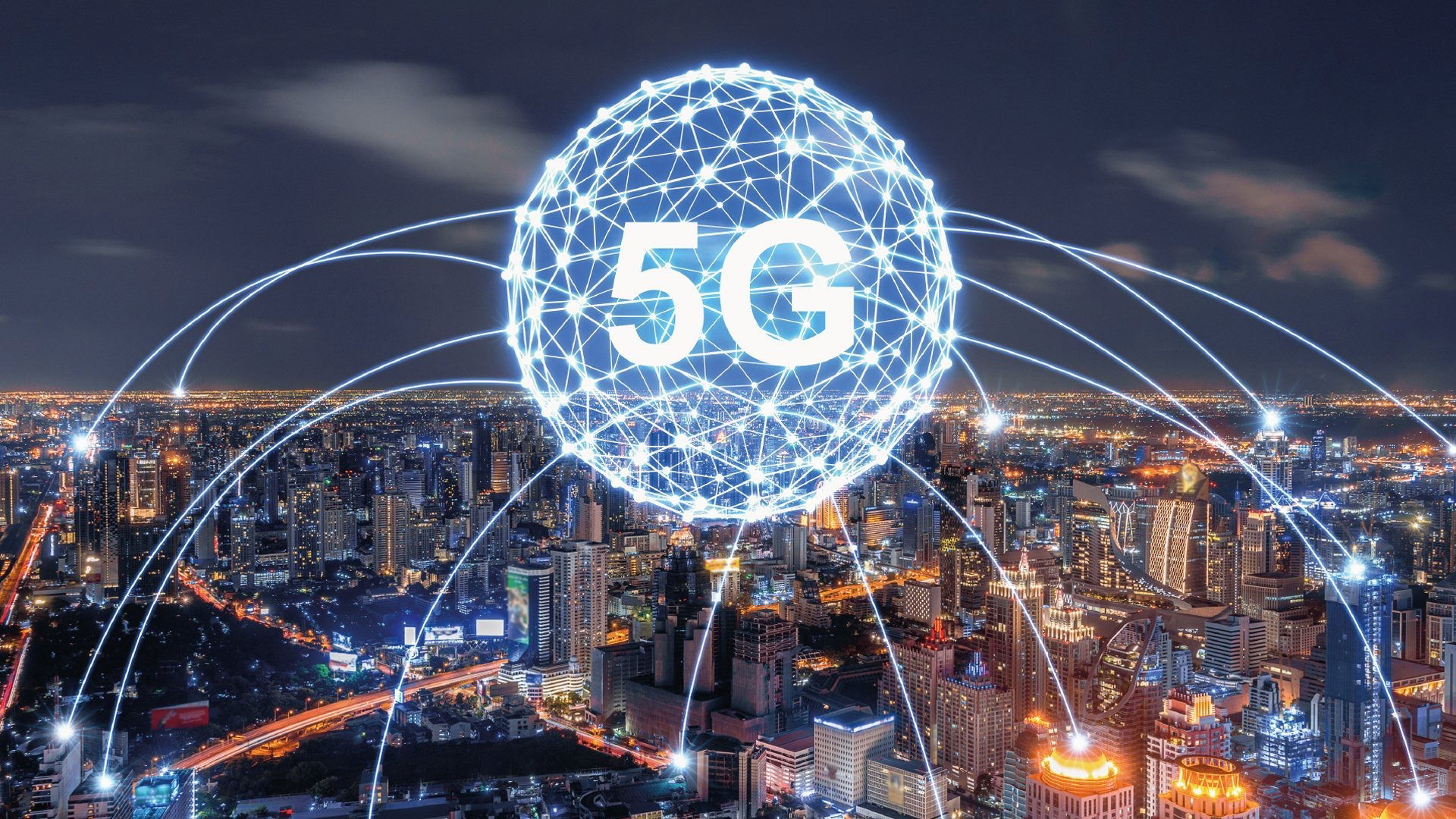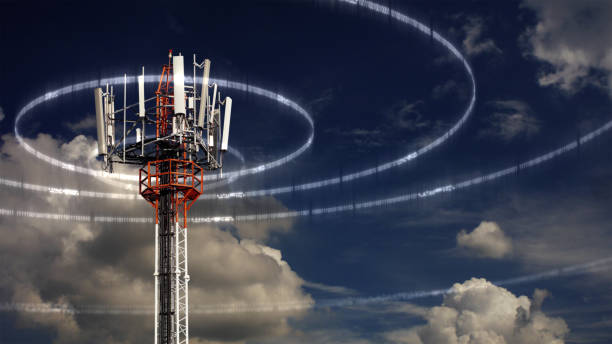Fiber To The Antenna "FTTA" and 5G Technology

Fiber to the antenna and 5G technology today, need for stronger and more robust wireless infrastructure is greater than ever with the rising popularity of 5G and wireless home internet. When planning a fiber connection to an antenna, it will often be necessary to share a pole location with other providers, and typically space on the pole must be leased. Fiber To The Antenna “FTTA” project’s main goal should be reducing the overall size, weight and number of connections while maintaining the requisite bandwidth and providing adequate power to antenna or small cell.

Lenora Innovation will support Fiber To The Antenna “FTTA” and 5G projects with fiber cables, microducts and all fiber accessories designed to decrease your pole space profile. Combined with our Varity of Microduct types, we support construction method to get you to the connection point.
Why Fiber to the Antenna?
The reason fiber is being used to connect towers and then go up the tower to connect the antennas is consumers insatiable desire for bandwidth. To accommodate more bandwidth in the cellular systems, new cellular protocols being are used (5G, 4G, LTE, and whatever comes next) but also more antennas are needed to support more frequencies. Thus, cell towers that once had 3 antennas for coverage may have two dozen antennas.
The increased demand for cellular bandwidth to support fast growing data usage from smartphones and tablets requires upgrading towers – more bandwidth means more antennas. More antennas means more cables up the towers. If those cables are coax, it means more weight and wind resistance, perhaps more than the tower was designed for. And RF (radio frequency) signals require lots of power to transmit up the tower since the coax cable attenuates the signals at high frequencies.

Today’s cell towers are being modified to replace older copper coax cables with fiber optic cables to reduce weight and cost. Like other applications of fiber, the small size and light weight allows one fiber cable (which often includes power conductors also) to replace many coax cables.
Fiber To The Tower
In a cell tower, the cellular antennas connect to users' mobile devices, but all those communications devices must connect into the public telephone networks. The older towers connected on copper phone lines just like many landline subscribers still have for their phone connections. However older copper wires do not have adequate bandwidth for modern mobile devices like smartphones or tablets that consume vast amounts of digital data.
Thus most towers are being connected on fiber that offers virtually unlimited bandwidth. In remote areas, where installing fiber optic cables can be expensive, microwave links are often used. The microwave links are more cost effective for remote towers and their limited bandwidth compared to fiber optics may not be as big a problem since remote towers generally have fewer users than those in urban or suburban areas.

Most will require only a single SM fiber and DC power making installation easy where fiber optic cable plants are available. Fiber technology for installations is standard OSP and premises – nothing new required. We understand they can even use PON technology to reduce the electronics near the antenna. You can place several of these small cells in one dome providing extended coverage over many frequencies.